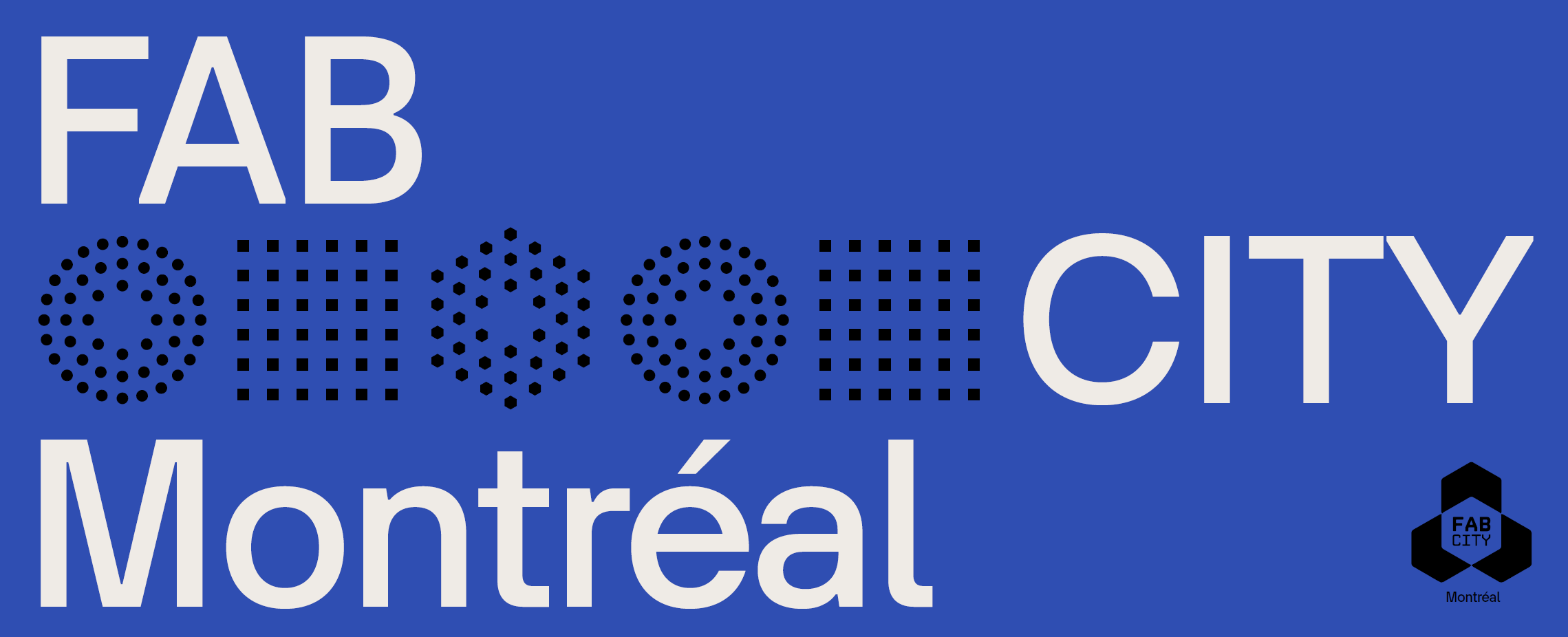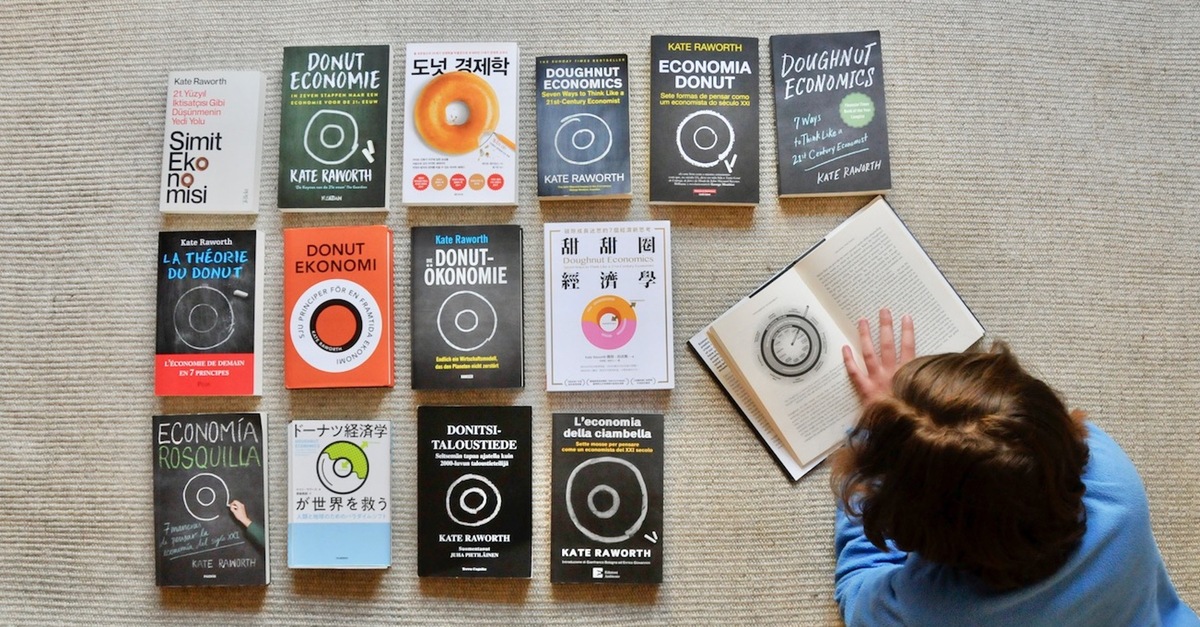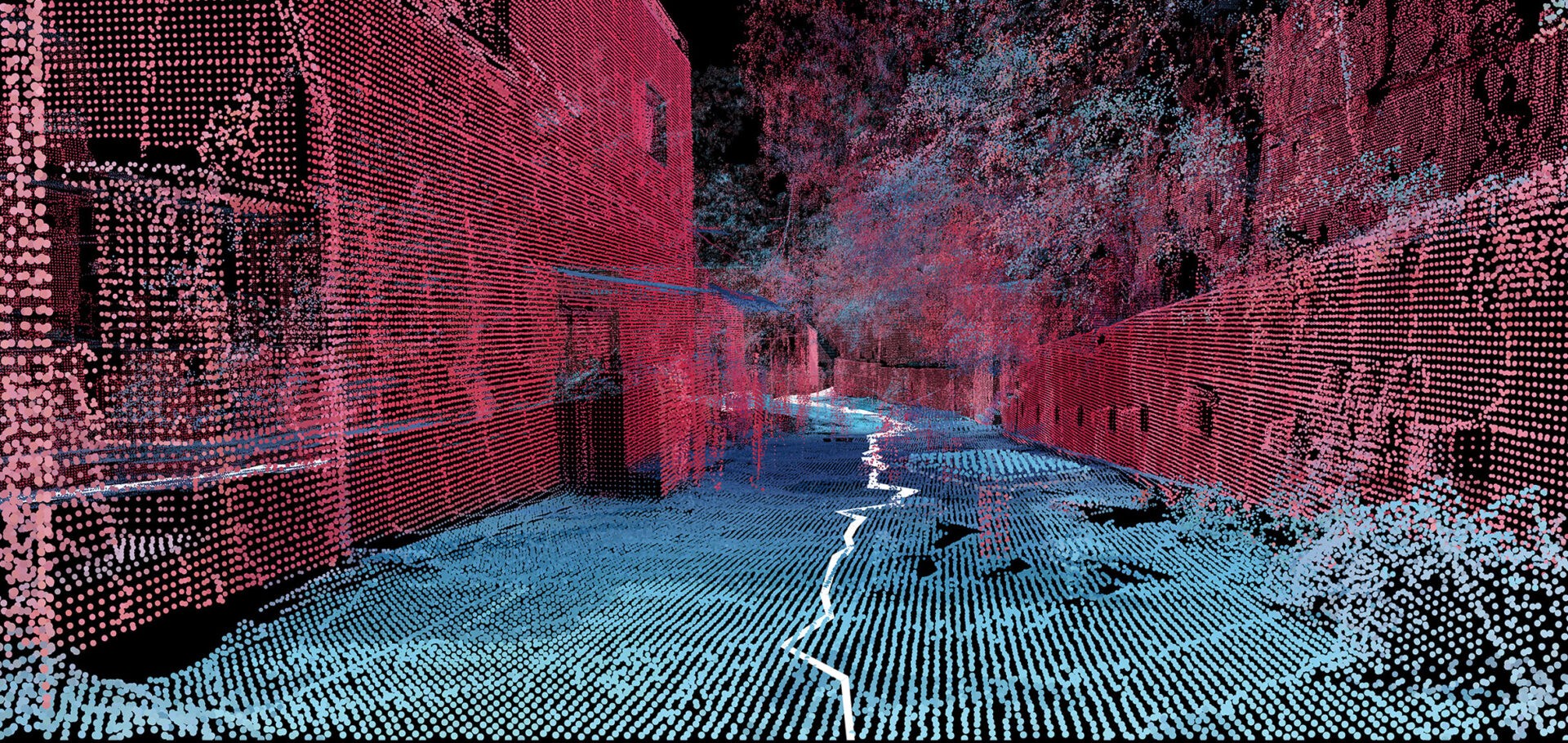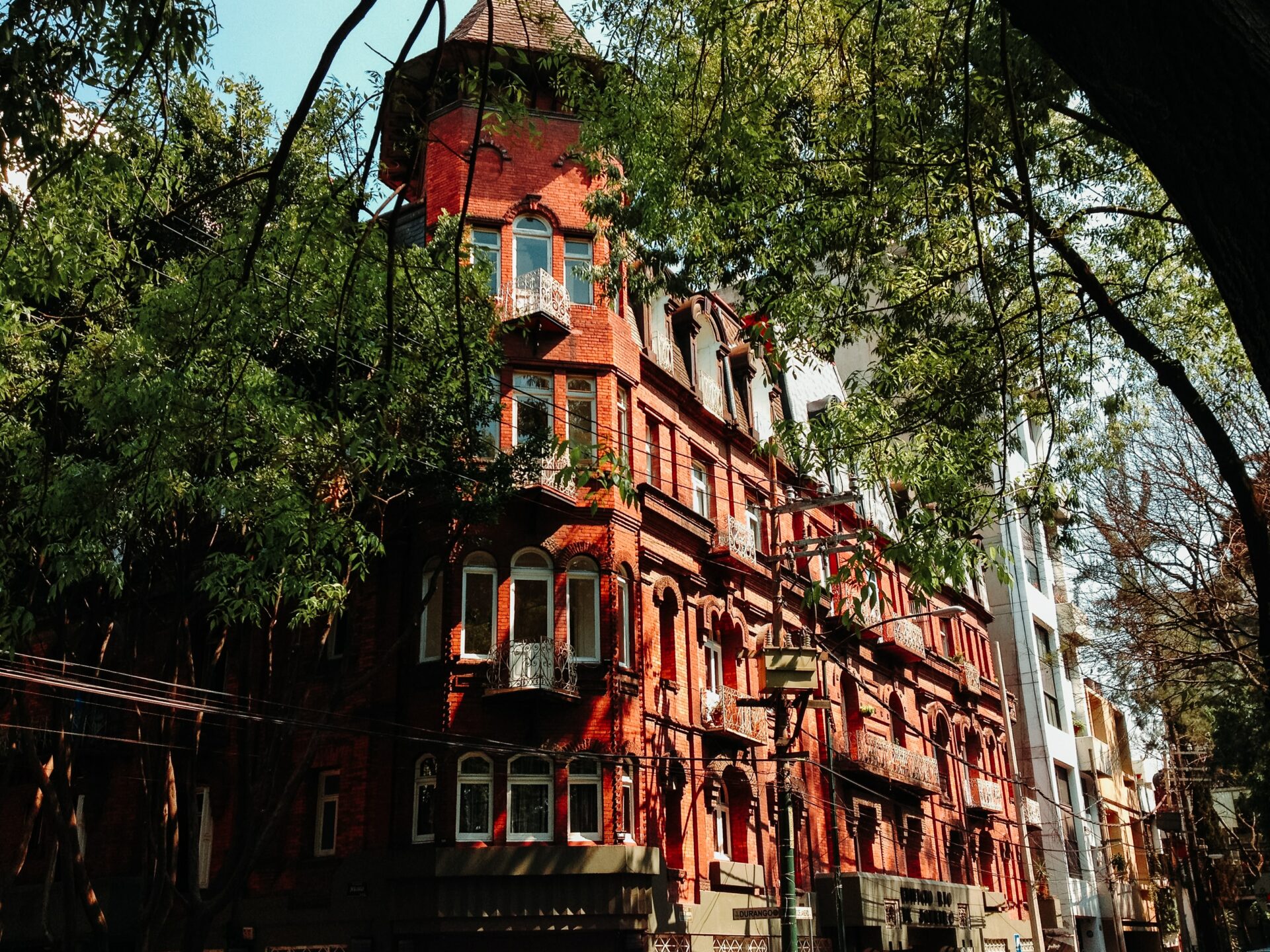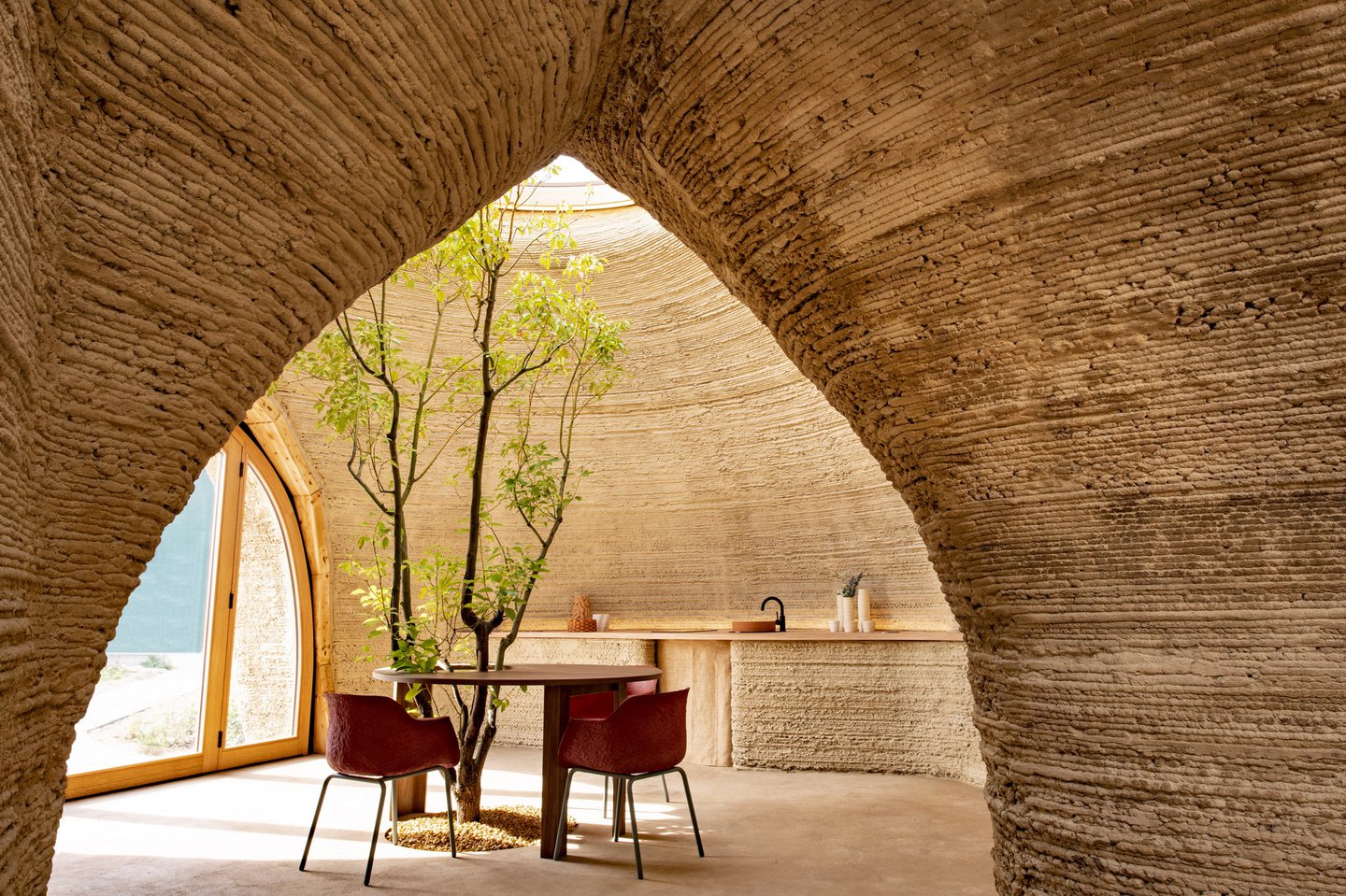News
Book clubs and doughnuts go great together
We’ve already covered the idea of Doughnut Economics a couple of times here so this will be a short post. This book club guide by DEAL with lots of tips to help you read through the book as a group is very well done, so I’m pointing it out for a few of reasons. First of course, because it’s excellent subject matter that adresses a number of our societal challenges, like consumption, inequality, environmental impact, etc. It’s a framework already put into action in a few cities around the world.
Mapping informal settlements
A team at the MIT Senseable City Lab mapped a Brazilian favela with handheld 3D-scanners. I’ll be honest, part of why I’m blogging this is that it just looks very cool! Called Favelas 4D, the project uses point cloud data from handheld LiDAR (Light Detection and Ranging) scans in order to study the form of Rocinha, a favela in Rio de Janeiro. The low-income urban settlements have complex structures that are built by their inhabitants over time. […] Fajardo entered Rocinha on foot and captured the data with a handheld LiDAR device that uses a laser pulse to measure distances. Tiny points are mapped to locations in space to create a dataset that reveals the intricate details of a 3D environment.
Three favourites
This week I happened to find new articles about three of my favourite measures to transform cities, make them more resilient, reduce CO2 emissions, and make them more liveable. Each of these could be a separate post but they also make sense together as examples of how to achieve large impacts without having to invent anything, simply changing how things are done.
Additive houses
Although we often hear about our own individual carbon footprint and of the airline business, a huge part of our collective emissions actually come from building construction, especially making concrete and the day to day energy use of buildings. 3D printing, or additive manufacturing, is not the solution, but perhaps a part of a mix of solutions. At the very least, it’s one evolving field of research that’s worth keeping track of, in part because certification of new materials and techniques takes time and represent a pretty high barrier to entry, so anything as new as 3D printing is bound to hit restrictions, or show a path forward for other innovative ideas.
Videos
#Fabcitymontreal


